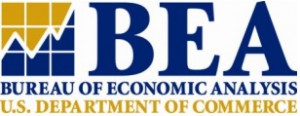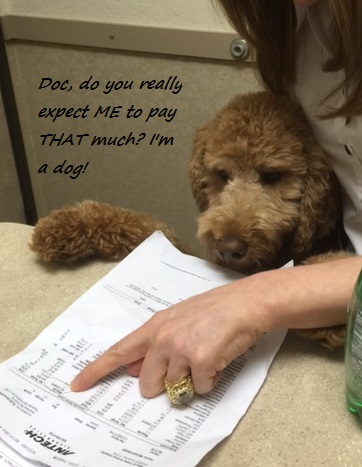PPI: Health Prices Tame, Inflation Flat
 October’s Producer Price Index was flat. However, prices for most health goods and services grew slowly, if at all. Seven of the 15 price indices for health goods and services declined. The major exception was prices for dental care, which increased 1.5 percent. Dental care is dominated neither by government nor private insurance, so dental price increases are not explained by NCPA’s usual theory of health inflation. I addressed dental price increases in a previous article.
October’s Producer Price Index was flat. However, prices for most health goods and services grew slowly, if at all. Seven of the 15 price indices for health goods and services declined. The major exception was prices for dental care, which increased 1.5 percent. Dental care is dominated neither by government nor private insurance, so dental price increases are not explained by NCPA’s usual theory of health inflation. I addressed dental price increases in a previous article.
Prices of pharmaceutical preparations for final demand increased 0.4 percent, but that was in line with all goods for final demand. Prices for construction of both health facilities and other buildings increased 0.7 percent. This bears closer watching as President-elect Trump promises more spending on infrastructure, including hospitals.
Prices of health goods for intermediate demand, especially medicinal and botanical chemicals, and biological products, actually dropped. Perhaps this will flow through to prices of pharmaceutical products but that has not previously been the case.
Over the last twelve months, prices of health goods and services have increased faster than overall PPI, which grew 0.8 percent. The tables are turned: 12 of 15 health categories experienced larger price increases than PPI did. Pharmaceutical preparations continue to stand out dramatically, having grown 8.4 percent.






